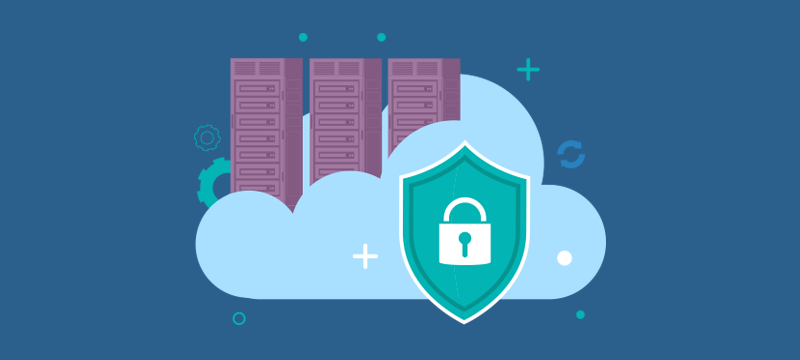In today’s advanced threat environment, cloud-based enterprises need to keep abreast of the latest threats and the solutions being developed to defend against them. Here we look at the latest cloud security trends and how they can help keep your company’s systems and data secure
- Cybersecurity mesh
As enterprises adopt increasingly complex and distributed IT setups, combining in-house and multi-cloud systems, it becomes increasingly challenging to keep systems secure. A cybersecurity mesh is, according to Gartner, an architecture that offers ‘a composable and scalable approach to extending security controls’ that is ideal for businesses with distributed, modular assets. A cybersecurity mesh works by interloping siloed security tools so that they work in coordination to provide an integrated, consolidated and flexible security policy that protects the entire network, without the need to impose a single security technology. As a result, security can be more agile, scalable and flexible while being centrally controlled. - Zero trust
Zero-trust is the mindset of always seeking to verify rather than trusting at face value. In IT, the aim of zero trust is to improve the security of individual users, devices and connections, while proactively managing threats. With so many enterprises migrating to the cloud, this approach helps companies develop more consistent and thorough security strategies to keep their systems secure. - Taking advantage of hybrid cloud
A hybrid cloud environment offers two specific ways to improve cloud security. Firstly, it is possible to enhance data security by storing sensitive data on the single tenancy private cloud or on-site dedicated servers, while hosting other services in the multi-tenancy public cloud. At the same time, when it comes to development, applications can be developed and configured securely on-site before deploying a container and migrating them to the public cloud. - Multi-cloud security management
95% of enterprises have adopted a multi-cloud approach, splitting their data across several service providers. While this can ensure that workloads are in the right places for both operational and financial reasons, it requires security to be managed across multiple environments.
This presents several challenges, including finding suitably experienced security talent, ensuring that the company complies with regulations and having full oversight of cloud resources. As a result, more companies are making use of advanced security management solutions that can offer deep visibility, asset identification and risk prioritisation across different platforms and vendors. - Dealing with expanding attack surfaces
Migration to the public cloud has enabled enterprises to expand their networks far beyond the office. Today, there are far more employees working remotely and there is increasing use of connected devices being linked to the company’s systems. However, with more IoT devices, smartphones, tablets, laptops and home routers, the number of attack surfaces increases, and this means enterprises are vulnerable if they don’t have the necessary security measures in place.
This has led to the increasing use of VPN solutions for enterprises, together with the deployment of attack surface management tools that are able to monitor remote hardware, and the implementation of biometric logical access solutions for individual employees. - DevSecOps
While DevOps is a familiar term to many (it’s the practice of combining app development and IT operations to quicken the development life cycle and provide continuous delivery), DevSecOps might be something people have not come across before. Essentially, it is adding security at every stage of the development process, ensuring that threats can be dealt with both during development and throughout the application’s lifecycle.
Like standard DevOps, DevSecOps needs to ensure that time to market is fast, however, it also needs to make sure that on release, there are no security flaws that can cause problems. For DevSecOps to deliver on its promise to let enterprises innovate securely, there needs to be ongoing collaboration between DevOps and security personnel. - SASE Framework
A SASE (secure access service edge) framework is a cloud-based IT model that combines application-defined networking with network security. Its benefit is that it provides improved visibility and control over the traffic, users and data that access the company’s network. This makes it ideal for widely distributed enterprises as it ensures their networks are flexible and scalable and can connect employees via any device across any location. From a security perspective, it provides employee authentication and secure connections to company resources globally.
Conclusion
Modern enterprises have complex cloud infrastructures, with hybrid clouds, multiple vendors and a wide array of devices and users connecting to their systems. Increasingly, we are also seeing a greater interconnection across supply chains with multiple enterprises accessing and exchanging data. For this reason, cloud security needs to be a priority for all enterprises. Hopefully, this article has highlighted some of the latest cloud security trends.
For more information visit Hyperslice.com.

